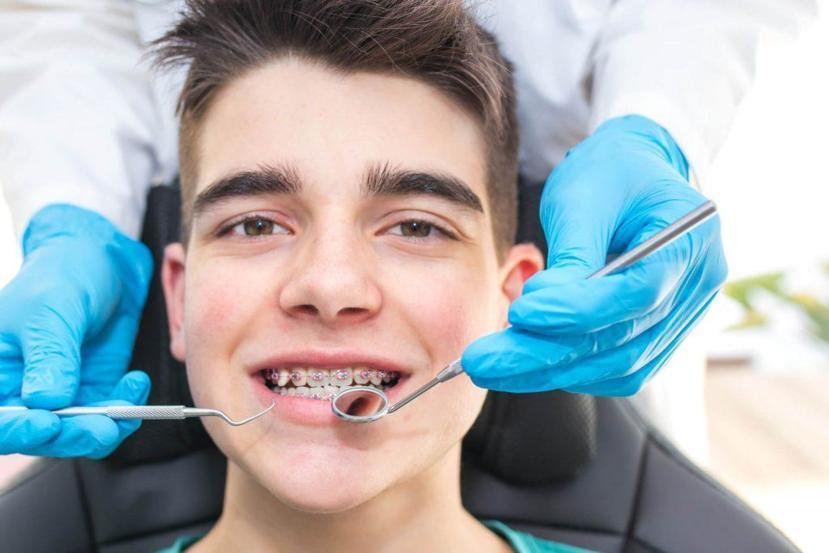Methods for Teeth Straightening That You Should Know

I feel very fortunate to be continuing in the footsteps of my father in the dental field. I have found a profession that is most rewarding and allows me to be involved in the lives of so many people and families. I am a people person who loves to talk and share stories of family and friends, and I love to hear about the... more
A beautiful smile is not only aesthetic but also a guarantee of health. Crooked teeth can cause problems with chewing, speaking, and oral hygiene, and can even affect your overall health. Fortunately, modern dentistry offers various methods for teeth straightening that can help you achieve a straight and healthy smile. In this article, we have gathered the most common methods for bite correction, their advantages, and their specific features.
1. Braces
Braces are one of the most effective and proven methods for bite correction and teeth straightening. They are special brackets attached to each tooth and connected to a metal or ceramic archwire. The gradual pressure the system creates helps move the teeth into the correct position.
There are different types of braces:
- Metal braces are the most durable and affordable, but they are visible on the teeth
- Ceramic braces are less visible but more fragile
- Sapphire is transparent and aesthetically pleasing, but also prone to damage.
- Lingual – are attached to the inside of the teeth and are completely invisible to others.
The main advantage of braces is their high effectiveness, especially for complex bite disorders. However, treatment requires time (usually 1 to 2 years) and regular visits to an orthodontist. Additionally, to maintain your new smile as straight as possible while protecting your investment in yourself, you must continue wearing your orthodontic retainers after braces.
2. Aligners (transparent caps)
Aligners are transparent, removable trays that gradually straighten your teeth. They are custom-made for each patient using a 3D model of the jaw. The patient achieves gradual tooth movement by changing the aligners every 1-2 weeks.
Advantages of aligners:
- Almost invisible when worn
- Removable when eating and brushing
- Comfortable to wear and gentle on the oral tissues
However, aligners are not suitable in all cases. They may be ineffective for severe bite disorders. High patient discipline is also important: Aligners should also be worn for at least 20–22 hours a day.
3. Orthodontic plates
This method is most commonly used in children and adolescents. Plates can be removable or non-removable. They can apply pressure to specific teeth and guide their growth in the right direction.
Main advantages:
- Easy to maintain
- Suitable for early intervention
- The price is lower than braces
However, such plates' effectiveness is limited in adults, as the flexibility of bone tissue decreases with age.
4. Surgical correction
In particularly complex cases, such as developmental disorders of the jaw or a severe imbalance between the upper and lower jaws, surgery may be necessary. These procedures are usually performed in combination with orthodontic treatment.
Surgery can not only correct the appearance of the face and smile, but also normalize breathing, swallowing, and speech functions. However, this method requires thorough preparation, a comprehensive examination, and a long rehabilitation period.
5. Installation of veneers and crowns
This method is more cosmetic and suitable for those who want to improve the appearance of their teeth quickly. Dental veneers are thin shells made of ceramic or composite material that are bonded to the front of your teeth. They can conceal gaps, small irregularities, or defects in the enamel.
Crowns are used when teeth are significantly damaged and their form and function need to be restored. However, it is important to understand that these methods don’t correct the bite, but merely conceal the defects.
6. Myofunctional therapy
Few people know this, but the correct alignment of the teeth depends largely on the work of the tongue, lip, and cheek muscles. Myofunctional therapy is a series of exercises aimed at developing correct muscle habits. This method is particularly effective in children and is often used to complement orthodontic treatment.
The bottom line
Orthodontic treatment is not only a path to a beautiful smile, but also an investment in your health. Modern dentistry offers many methods, each with its own characteristics and indications. It is important not to self-medicate and to consult a qualified orthodontist. They will help you choose the rig









